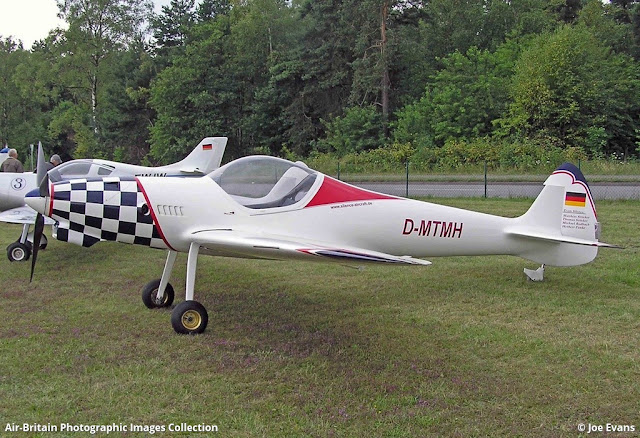It stayed at 100 - even though I was at 7,000 ft.
I put it down to a particularly hot day and perhaps a strong inversion over the UK which made it unusually warm at altitude, which it was.
However on my next flight, after the 50 hour service, it was a coldish day and I did not climb for long but the oil got hot again (106 - the hottest it's ever been) and refused to come down below 100 when in the cruise.
I thought this must be the thermostat (in the oil filter mounting plate) which had failed and was now stuck in the closed position. This has also happened to Pete Wells - while he was in Spain in the summer - not good!
I contacted the UK UL Power agent, Jonathan and after a discussion with him he agreed that I should replace the part and see if that was the problem.
UL Power were good enough to send me the replacement part which arrived this morning. I fitted it this afternoon and then took the Twister for a test flight.
I'm pleased to say all is now well again and the oil temps are back to their old self. Not even hitting 100 in the climb - despite a hot day again today - and then coming down to 90 in the cruise - as it should.
Lucky this did not happen to me while I was overseas as it would have grounded me while I waited for the new part to arrive.
 |
| After the old thermostat/oil filter housing was removed |
 |
| New housing at left and other old fittings to be reused at right |
 |
| Old thermostat. Note the spring is not seated the same as the new one - maybe this has something to do with it failing? |
 |
| New thermostat spring - note the more even seating of this one. |
 |
| Old housing to the left and new one to the right. The valve also appears to be slightly more open at ambient temps on the new housing too. |













































































































